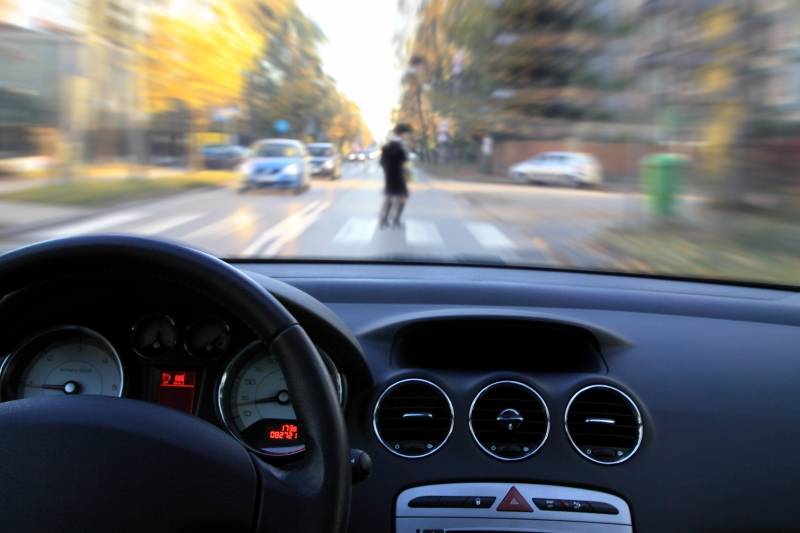
2410 Victoria Street, St Gabriel, LA 70776 | Phone: 1-225-255-3860

Self-Driving Cars: Pros and Cons
I bet that many of us, car drivers, have gone through the unpleasant experience of bumping (unintentionally, of course) into
somebody else's car.
There are many papers to fill and money to pay, not to mention the negative emotions and sometimes even the verbal
aggressions. It makes you wonder if you'll ever get to live in a city where all the cars follow all the traffic rules...
Well, it looks like my dream will soon be fulfilled! You have undoubtedly heard about various projects that are launched by car
manufacturers, with the goal of creating a fully equipped, reliable, autonomous car.




It's an important step, because when we'll have access to cars like these, stress levels will significantly decrease. There will be
much fewer accidents and (hopefully) no deaths. Until then, we'll need to drive carefully and wait until these self-driving cars
become a reality.
Google started to build self-driving cars several years ago, and their prototypes traveled over 3 million miles since their launch,
back in 2010. The car is named Waymo, and it uses a LIDAR (Light Detection and Ranging) system to identify the road
configuration, potential obstacles, and so on.
LIDARs work just like medical ultrasound devices, but utilize light instead. In a nutshell, a set of light beams are sent away, and
a computer evaluates the distance to the obstacles based on how much it took the light to hit the obstacles, reflect from them
and return to the car sensors.
Another interesting car, which is able to drive on its own in Autopilot mode, comes from Tesla. If all goes as planned, the car
should hit the road (metaphorically speaking ;) in 2018.
Nissan Motor has a very ambitious plan. It wants to use the technology that's been developed by NASA and used for the Mars
rovers to power its self-driven cars.
The current version of the navigation system will ask for human input if it gets stuck. However, Nissan cars can learn from
other vehicles' mistakes, just like the rovers that were sent by NASA on Mars.
Who would have thought that NVIDIA Corporation will also be a pioneer in this industry sector? The company has developed an
AI-based copilot system which makes use of several cameras and a radar to keep track of its surroundings. The system can
drive the car on its own, and it is also capable of helping humans improve their driving skills.
With so many huge corporations behind them, I guarantee that self-driving cars will have a bright future. Analysts estimate that
the self-driving market will grow to over $80 billion dollars within the next few years.
The future looks bright indeed, but there are some clouds at the horizon as well. Self-driving cars are supposed to take us where
we want to go in a jiffy, but the UK Department for Transport says that this won't happen too soon. They have conducted a study
which has demonstrated that the cars will be very cautious in the beginning, during their city learning phase, and this will cause
serious traffic jams.
However, it is estimated that by 2040, about 25% of the cars will be self-driven, so they'll have (and share) enough road data to
turn self-driving into a pleasant experience. At least that's the plan!
Several car manufacturers have already announced the launch dates for their self-driving cars. General Motors' autonomous cars
will hit the roads within the next 2-3 years, while Ford's self-driving vehicles will start selling in 4 years. Uber plans to have an
entire fleet of autonomous vehicles within the next 10 years.